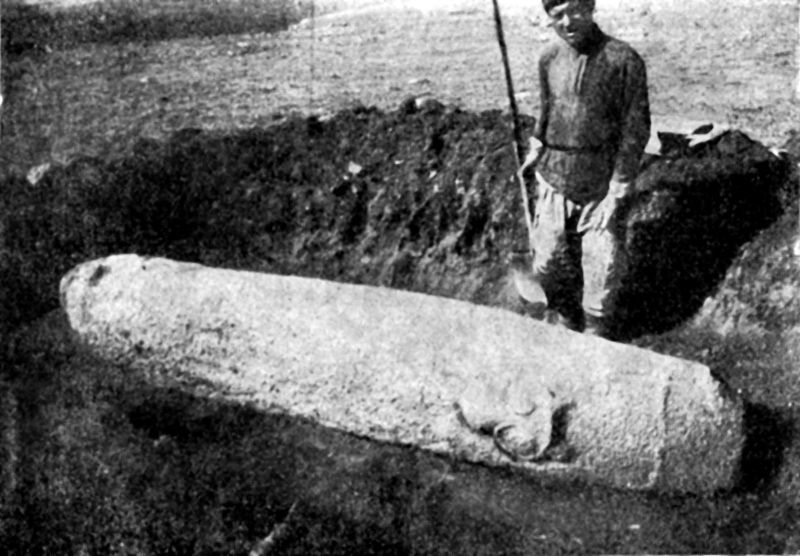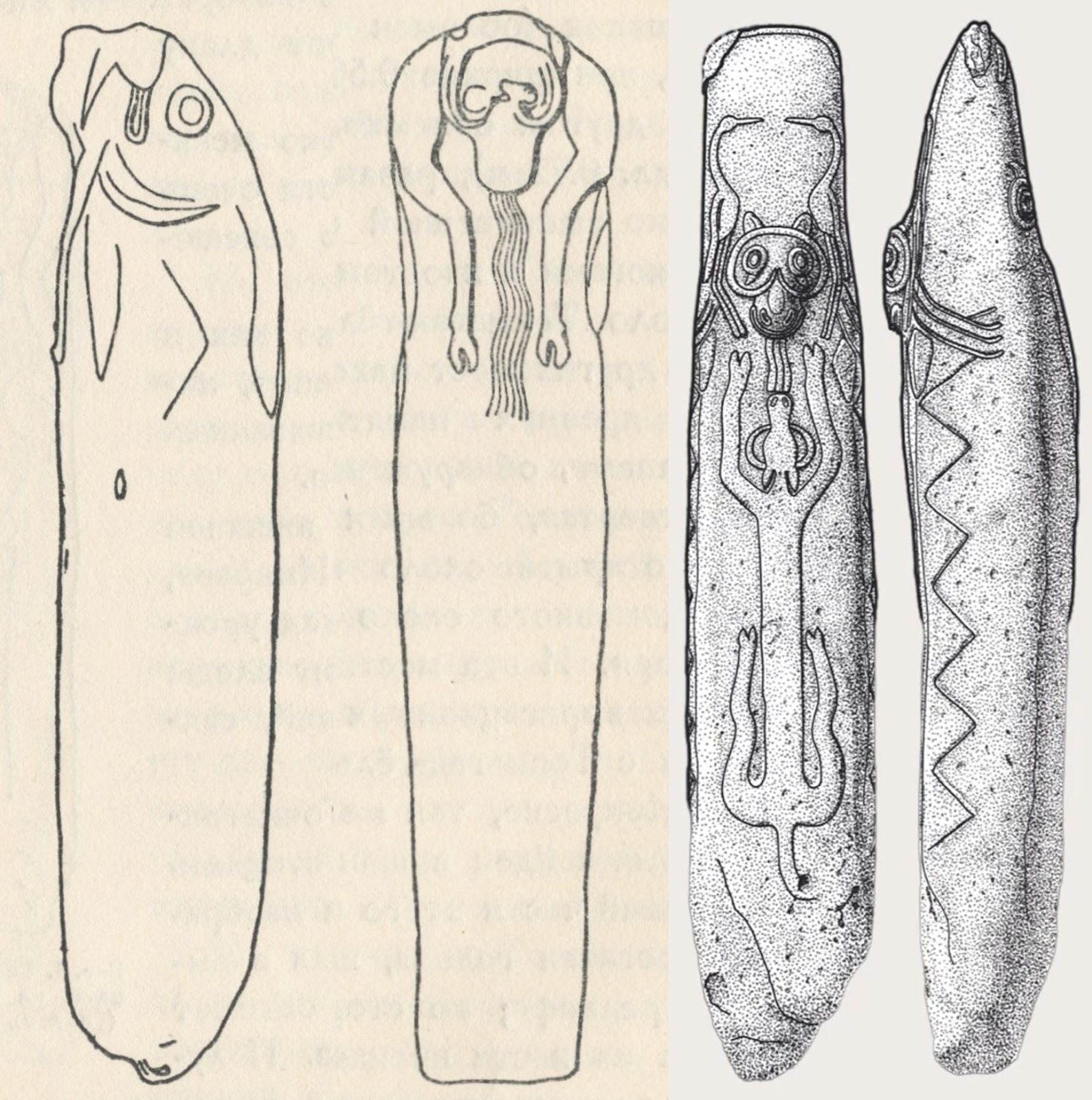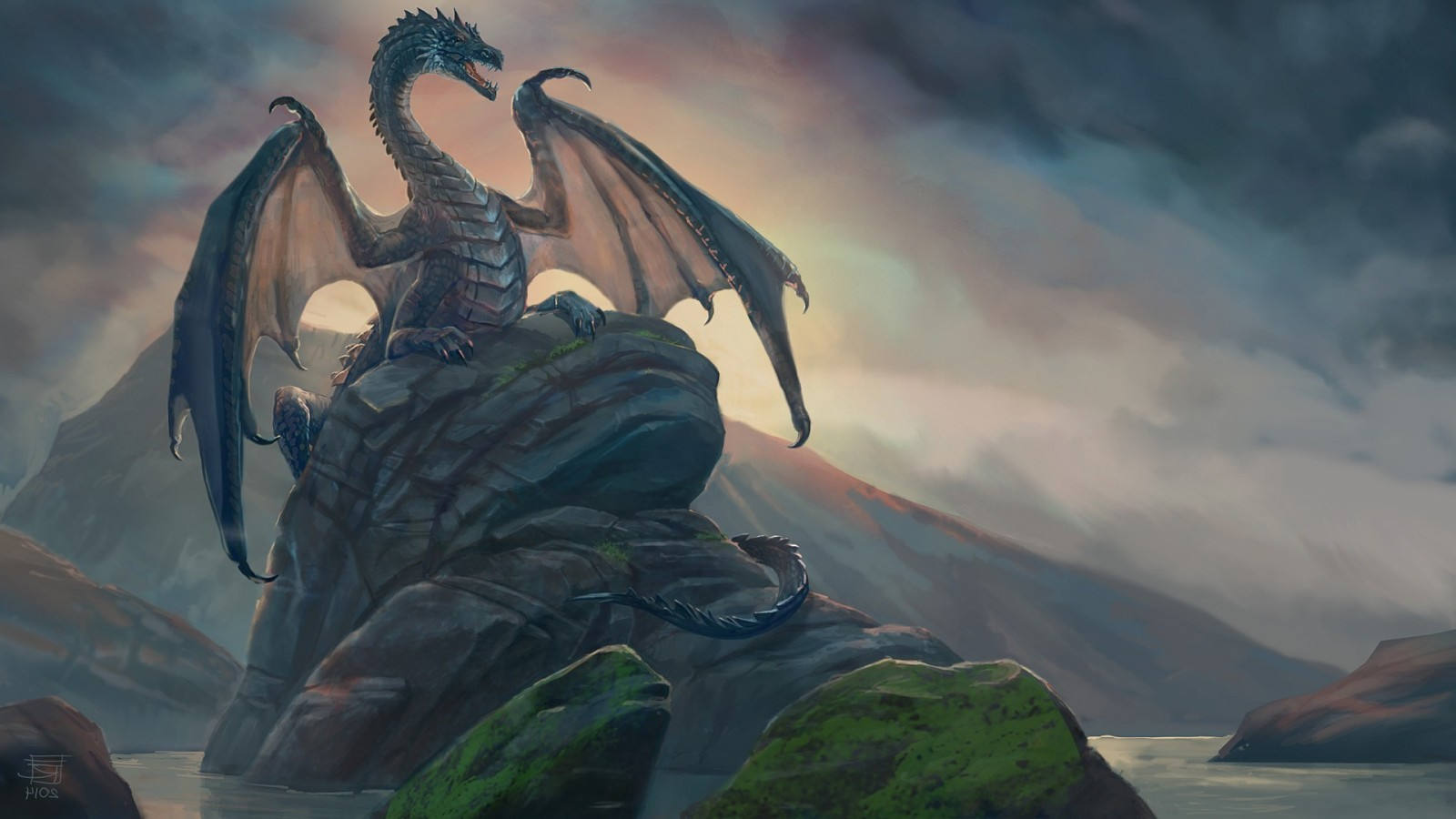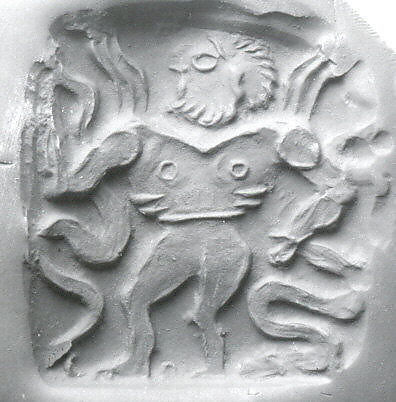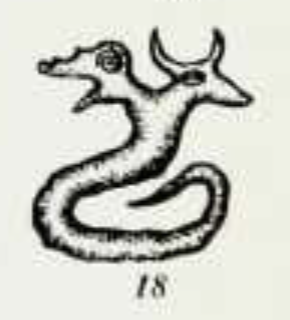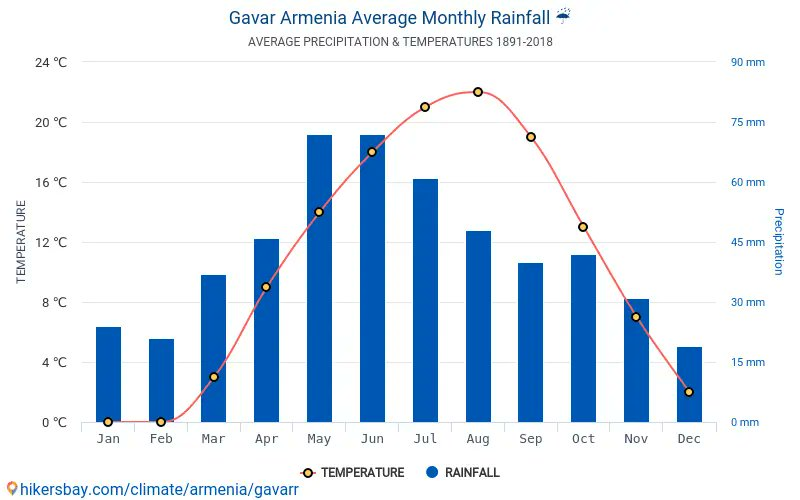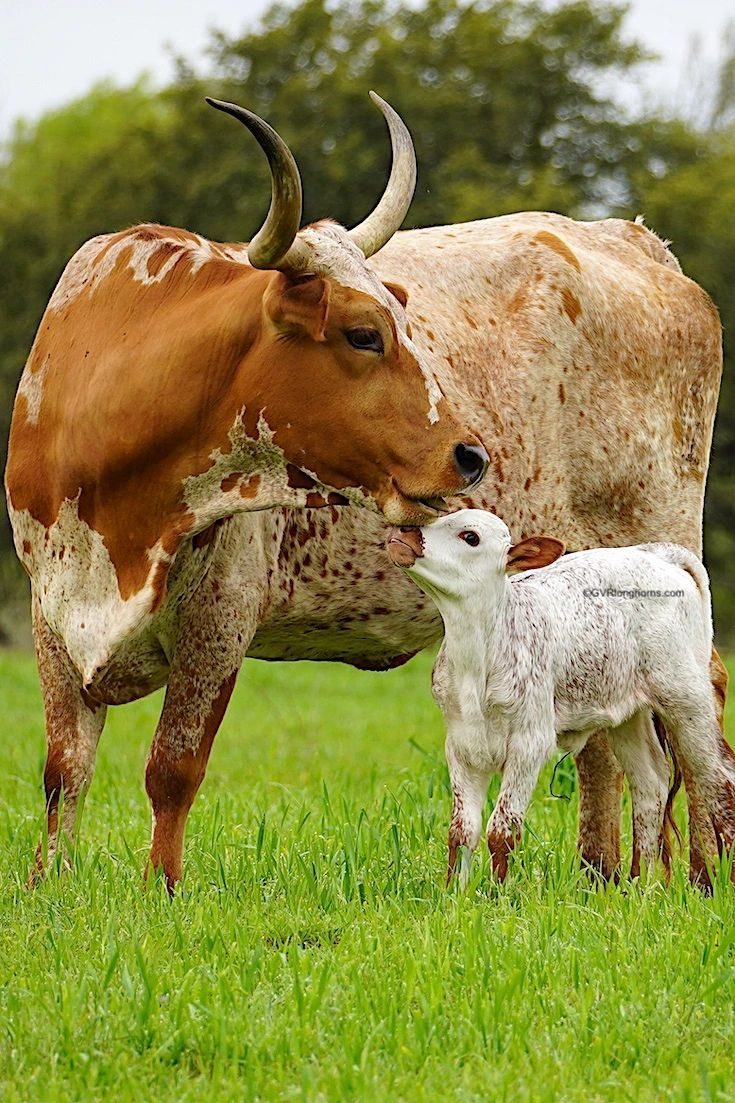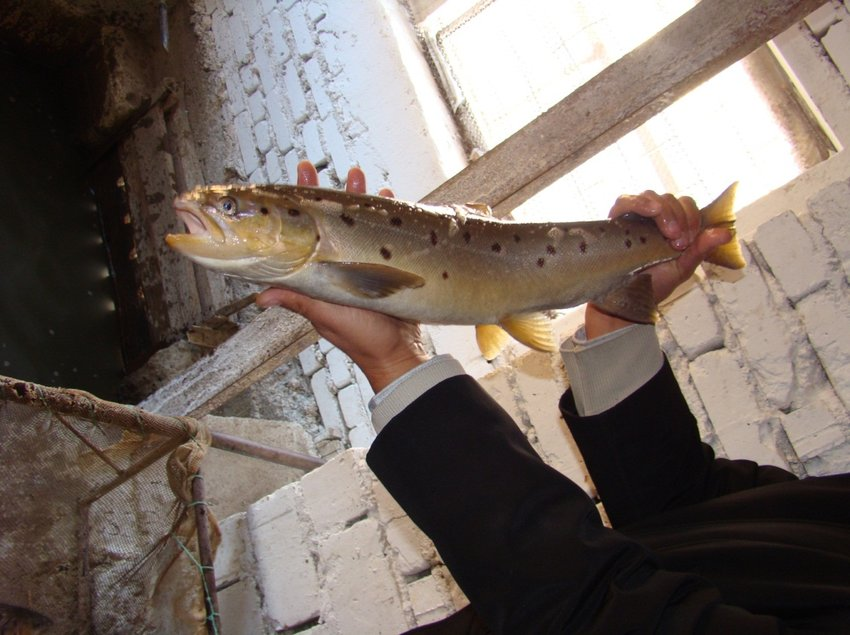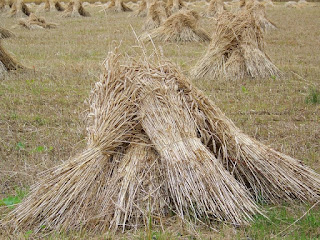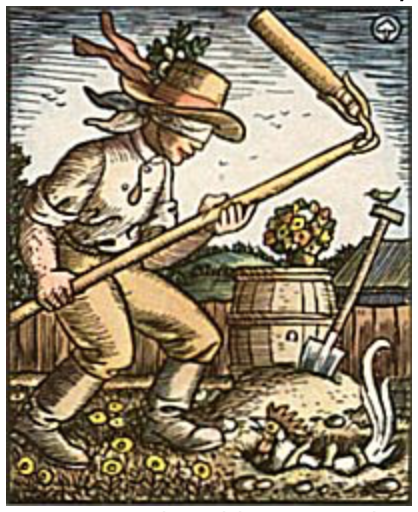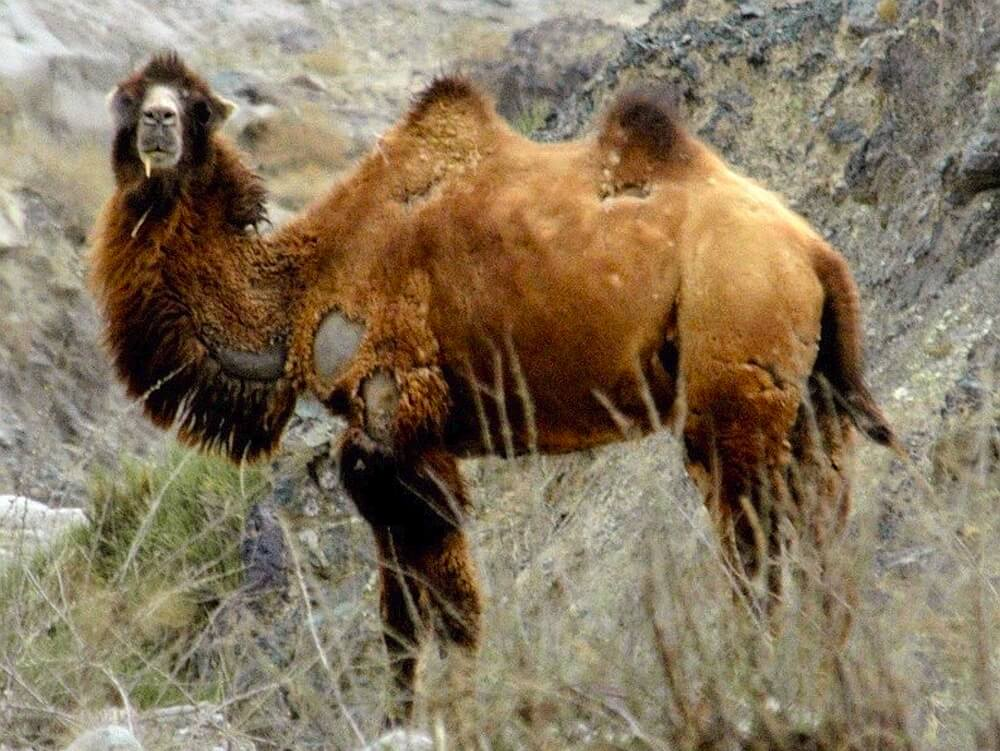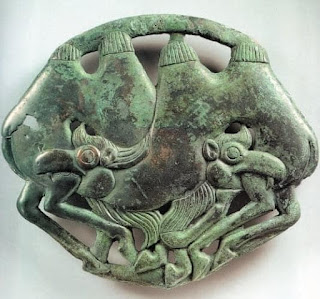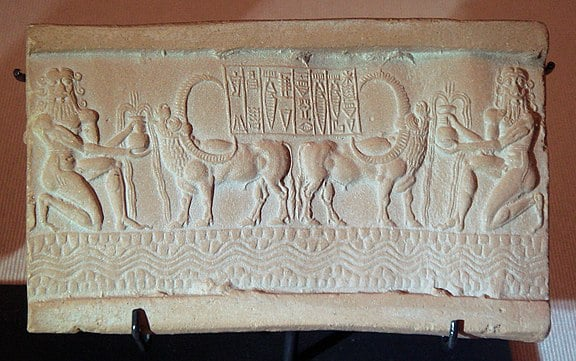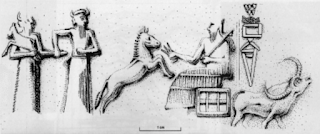I was re-reading my article about the mysterious (Early Medieval???) Glavica hill cemetery in Montenegro, which contains some very strange fish shaped slab tombstones...
So I googled "fish shaped stones" and this popped out:
This weird looking thing is one of many so called "dragon stones" from Armenian highlands. The local Armenians used the term vishap stone and the local Kurds and Turks used the term azhdahak stone, both words meaning dragon....
The large majority of these monumental decorated stone stelae are found in Armenia around the lake Sevan. Few are also found in Turkey, South Georgia and Azerbaijan. You can read more about it here.
They were first documented in 1909. In this article we can read that:
"During excavations in Garni, N.Ya. Marr heard stories from local residents about vishaps, some kind of stones, images of snakes and dragons, lying high in the mountains. To clarify this information, N.Ya. Marr and Ya.I. Smirnov undertook a trip to the mountains..."
"...And indeed on one of the indicated locations they discovered stone statues, which once stood upright, but were at some point in the past knocked down and and ended up being covered with earth, so that many of them had to be dug up..."
This is a great video about the dragon stones from the Karmir Sar site by Dr Arsen Bobokhyan...Here are few interesting bits:
A lot of the Vishap stones originally stood in centres of circular structures made of stones, and were found toppled over them.
Earliest possible date for Vishaps construction, based on the bones found under the base of one of the stones is around 5000BC. Latest date for the knocking down of vishaps, based on the analysis of the organic remains found under fallen stones is around 1000BC.
There are indication that at least some of the Vishap stones were still venerated well after Christianity arrived to Armenia, as some of them were Christianised, as late as the 13th century AD
Based on their shape and iconography, three main classes of dragon stones have been identified:
Stones carved like a fish.
Stones carved as if a hide of a bovid had been draped or spread on them.
Stones which are carved like a fish, but with a bovid hide draped on it. And birds.
Now, what the hell are these stones? No one knows...
They are all located next to water, rivers, lakes and irrigation canals. So some archaeologists believe that they were in some way used during the rituals related to water and irrigation.
One thing that can help us understand what these stones were depicting, are Armenian legends about Vishap (dragon). In all of them, Vishap is associated with water. In one legend, Vishap's tail, when it hit the ground, outlined where the canals for irrigation should be dug.
According to another legend, a huge Vishap (dragon) lived in lake Van. When vishap was a thousand years old, the angels, who kept watch over the lake, picked him up from the water and carried him to the sun, the heat of which burned vishap and scattered the ashes on the ground.
Another version of this legend says that there are two types of Vishaps (dragons). The celestial vishaps descend into lakes and seas, and those who live in the water ascend into the sky, creating storms.
An old Vishap (dragon), who lived in lake Van. When time came for him to ascend to the sky, it flew into the sun and burned down, turning into black ash. The ashes were scattered over the lake, and it became black, after which the lake was called SEV Van (Black Van).
According to another legend, the drought happens at the time when Vishap (dragon) closes the path of the heavenly waters. In order for the heavenly waters to start flowing again, a protector of the people, the thunder hero, must kill Vishap (dragon).
So in Armenian mythology, we find the God of fire, thunder and war, Vahagn, the Dragon-Fighter, who immediately after birth defeats the dragon and saves the universe from destruction...
Later, Vahagn became St George, the victorious, the Dragon Slayer...
Some ethnographic studies propose that Vishap (dragon) was once worshiped in Armenia as the source of water, rain and fertility.
Very interesting. Here is why:
In the past, during spring droughts, Serbs used to go to mountain lakes to pray for rain to "a dragon living in the lake, who swallowed the rain"...I talked about this in my post "Dragon who stole the rain"...
They also sacrificed a lamb to the dragon...On St George's day...The same sacrifice given to St George, the Dragon killer, on St George's day...I also talked about this in my post "Aries must die"...
In Armenian legends, Vishap is described as "water dragon with poisonous saliva". The name Vishap, might derive from an ancient Iranian term vi-šāpa, "having poisonous juices", used in reference to snakes...
Interesting, a snake = dragon...
As I said many times, snake is a pure solar animal. It is in our world when sun is here (day, hot half of the year) and it is in the underworld when sun is there (night, cold half of the year)...I talked about it in my posts "The chthonic animal", "Enemy of the sun"...
They saw snake as a solar animal, symbol of sun's heat in Mesopotamia too...
Because sun's heat is strongest in Leo, is the reason why in Iraq, in Tell Asmar, people depicted dragons with lion body. But also with seven snake heads, one of each sunny, hot month of the old Sumerian summer...I talked about this in my post "Seven headed dragon"...
Oh look, dragon killers and princess...
We find the same snake-sun symbolism in Central Asia...This is 3rd millennium BC, Bactrian seal depicting the sun god (see heat rays emanating from his shoulders) holding snakes, symbols of sun's heat...I talked about this in my post "Nude winged hero dominating snakes"...
Snake is also an animal calendar marker for Apr/May, beginning of summer, domain of the sun. Why? Cause the mating season of the most common Eurasian snakes starts in Apr/May...
Hence Apollo, Caduceus topped by intertwined snakes, Hermes...I talked about this in my post "Lyre of Apollo"
So back to Vishap, poisonous water dragon...
There is a Serbian belief that "a dragon was just an old snake" and that "a snake got wings when it lived over 100 years, after which it flew away to live in lakes and waters"...Just like a Dragon to whom Serbs prayed for rain...
Slavic word zmaj (zmay) meaning dragon is masculine version of the word zmija (zmeeya) meaning snake...They are one and the same...symbol of sun's heat...More about snakes and dragons in Slavic folklore can be found in my post "Letnitsa treasure"...
So that explains the snake=dragon=water bit from Vishap legends. But why was bull depicted on Vishap (dragon, snake) stones? Check this out:
Here is my favourite Bactrian seal. It depicts a snake with two heads: a dragon (left) and a bull (right)...Symbolically equating dragon (summer sun) and bull (summer starts in Taurus) and linking both with the sun's heat, symbolised by a snake body...I talked about this in my post "Bactrian snakes and dragons"...
And: There South Slavic legends about people sacrificing girls to a lake monster. The monster was at the same time a dragon and a bull, Taurus = Beginning of summer, Bull = Symbol of summer, Dragon = Burning summer sun.
I talked about this in my post "Water bull"...
What does all this have to do with Armenian dragon/snake stones? Well, if we look at the climate chart for the lake Sevan area, we can see that the peak of the rain season starts in Apr/May, Taurus.
Taurus (Apr/May), the ancient animal calendar marker which marks the time of the year when Wild Eurasian cattle used to start calving... I talked about it in my post "Cow and calf ivory"...
This is why in Armenia thunder god Theispas arrives riding on a bull...Basically animal calendar marker became god's vehicle...And as I said few times before, it is the sacred animal that is often sacrificed (sent) to the god.
In this case, bull. And people who built thes Vishap stones definitely knew about the link between bull and flowing water, as on a lot of the Vishap stones we see sacrificed bull spewing flawing water...
BTW, The water flow of the rivers in the area around the Lake Sevan, varies significantly during the year. In general, snow and ice melt result in spring floods during spring and summer, while the flow is lower in autumn and winter...Typical river discharge chart from the area
As you can see, the peak flooding season also starts in Taurus, Apr/May...Hence the bull depicted on Armenian Vishap (dragon) stones, spewing water...
Also, see how the Armenaian thunder god has a sun above his head? Why? Cause Taurus marks the beginning of summer, the hot part of the year...Which is why we have the equating of bull (symbol of summer sun) with dragon (symbol of destructive summer sun) in Serbian folklore...
And which is why in Armenian mythology, Vishap (Dragon) can give and withraw heavenly water...As you could see from the lake Sevan climate chart, the bull/dragon of summer usually brings rains, but sometimes the rains might not come, cause bull/dragon is angry...
Anyway, amazing, I can hear you say...But why were the Vishap stones shaped like fishes? And why were they shaped (as suggested) like catfish, barbel and trout, all local to the lake Sevan?
Guess what happens in the lake Sevan right after Taurus ends (and bull gets sacrificed)? These fishes start migrating either to the shallows (catfish, barbel) or up the rivers that feed the lake (barbel, trout) for spawning...In May/Jun...Peak of the rain and flood season...
Ok, but what about the pairs of long legged birds (it is proposed that these are storks) that are depicted on some of the Vishap stones?
Well, Storks arrive to the lake Sevan area in Mar/Apr, rebuild their nests, and start nesting in Apr/May...
Storks leave the lake Sevan area right when the water level in the rivers goes down to the minimum, during the hottest time of the year, in Jul/Aug...Their presence in the lake Sevan area marks the rain/flood season in the area...The season ruled by Vishap, the Water Dragon...
So, if we put it all together
snake/dragon
bull
fish
stork
we get a complex animal calendar marker for the rain/flood season in the lake Sevan area where Vishap stones were made...
Interesting, right?
PS: Seal impression found in a "file room" at the ground floor of one of two large administrative buildings at the site of Acemhöyük, near modern Aksaray, Turkey. It was dated to c. 1750 BC...From this article...
The author proposes that the obelisk depicted on the seal is one of the Vishap (Dragon) stones from Armenian highlands that I talked about yesterday. Read the thread, then check the symbols depicted on the seal...
The seal description from the article [my comments]:
The image is a tripartite composition. Within a braided circle [wavy lines, flowing water?], we see a standing man on the left, an obelisk-shaped object in the middle and a sitting woman on the right...
We recognise here the classic elements of an adoration scene, with a male adorant (presumably the owner of the seal) performing ritual offerings in front of an enthroned goddess...
In this case, however, the ritual act is mediated by the obelisk-shaped artefact that conspicuously occupies the center of the scene and that appears to be the actual recipient of the adorant’s offerings...
This "obelisk" is a pointed, elongated object standing on a base, incised with parallel grooves and adorned with two protruding horned bovine heads and the dangling foreleg of a bovine, to be probably interpreted as the lateral view of a leg pair...
[Don't forget the bull head, left of the top of the obelisk and the bird, right of the top of the obelisk]
[What is the think the goddess is holding in her hand? Symbol for lightning?]
To read more about ancient animal and plant calendar markers, start here…Then check my twitter threads I still didn't convert to blog post...I am way way behind...



